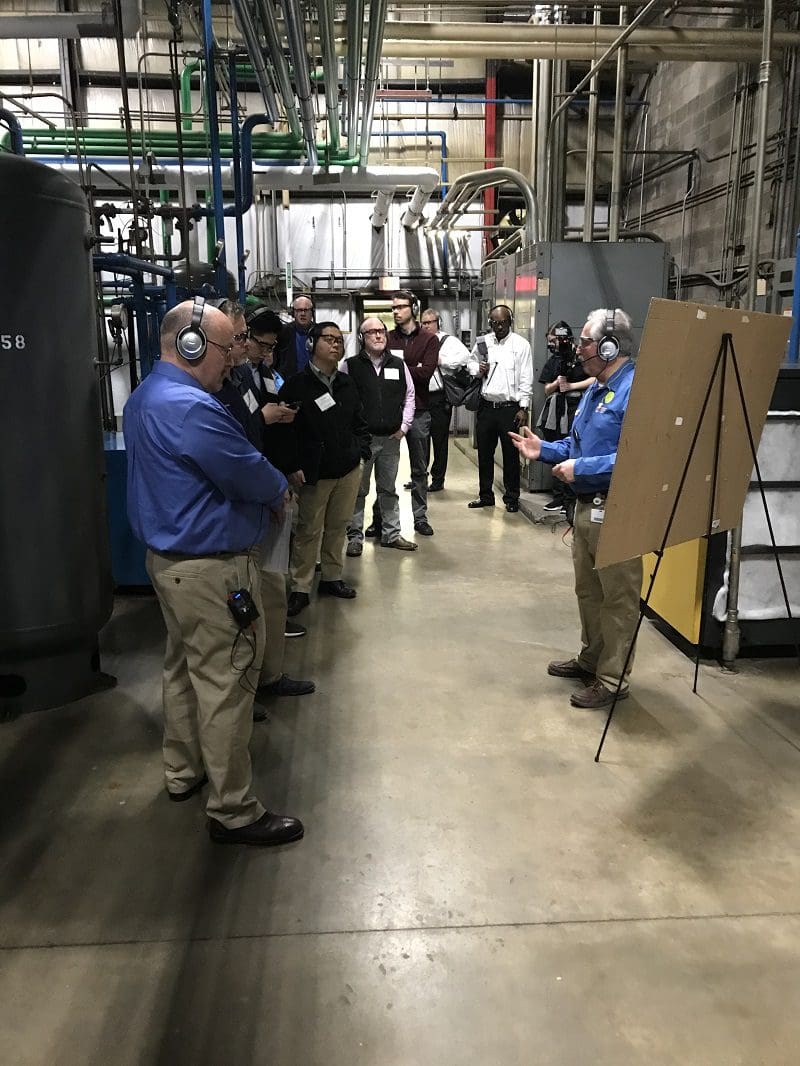Ensuring better communication is a health and safety issue
When it comes to attitudes toward workers’ rights, American industry has crossed a vast gulf in the past century and a half. It wouldn’t be unfair to say that, in the nineteenth century, some manufacturers showed an almost indifferent attitude to worker safety. That began to change, and one of the catalysts was Upton Sinclair’s muckraking 1906 novel The Jungle, which exposed the unhealthy conditions in the meatpacking industry at the time. The book triggered an outcry, which in turn led to waves of reforms. Partly as a result, American industry’s sometimes too-casual approach to worker’s rights, on the one hand, has evolved into a near-passion for it on the other.
Discussions of workers’ rights almost always share the same themes. Popular topics include rights such as freedom from discrimination, or the right to fair wages, or the right to medical and family leave. But none of these match the health and safety as a frequent, relevant, and sometimes provocative discussion point. A less-discussed but important entry on that list is the right to be heard: any worker has the right to file a complaint if he or she feels a situation needs corrective action.
But this is a more abstract interpretation of the phrase “the right to be heard.” People seldom interpret this in terms of the right to know that when they speak, the sound of their voice will reach the ears of the intended listener, rather than be drowned out by ambient noise in the work environment. But this is in fact an important take on the right to be heard, perhaps even more important than the right to file a complaint, because the physical inability to hear in a high-noise environment may well be a matter of life and death.
The 85-Decibel Threshold
Somewhat ironically, OSHA treats the physical inability to hear as an indirect indication that noise levels are high enough to cause potential hearing loss, but not as a problem in and of itself. OSHA requires action on the part of employers when average noise levels exceed 85 decibels over an 8-hour period. On an oil drilling site, there is no location that falls below this threshold other than the dog house, which falls just short at 80-84 decibels. Otherwise, noise levels range from 86-90 at the mud tanks to a maximum of about 115 in the rig engine room or near the pump trucks.
Of course, hearing protection is required and provided. Direct threats to a worker’s health in the form of potential hearing loss are widely acknowledged and addressed. But what about that right to be heard? If communication is hampered in those triple-digit decibel locations, a lot of issues can result, not least the inability to hear a warning of a potentially dangerous situation. A right to safe working conditions, therefore, includes a right to communicate efficiently and effectively.
The solution comes in the form of high-noise headsets. These are rugged, comfortable, compatible with hearing protection, and most importantly offer clear communication from the speaker’s lips to the listener’s ear. They’re far more effective, convenient, and durable than mobile phones, two-way radios, or Bluetooth communication systems.
Offsetting the Risks
Working in the oil and gas industry is inherently risky. Any occupation in which workers must interact with heavy equipment and potentially explosive gases, despite the best efforts of everyone involved, will create some potentially dangerous situations. Any number of fatalities is too many, but globally the rate of fatalities has been declining for over three decades, In the United States, non-fatal injuries are on the decline as well. In 2017 there were 1.7 incidents of job-related injury or illness, compared to 2.8 for the private sector overall. And that rate for the oil and gas industry decreased by 41 percent over the prior ten-year period.
There’s no one in the industry who doesn’t want to see those statistics dwindle to zero. Unrealistic though that may be, everyone does want to see that improvement continue. And one of the keys to further improving the outcomes of the industry’s many safety measures may well be ensuring clear communication. When a worker is entering a potentially dangerous situation, he or she may well be the last to know. Those with a more distant perspective can view the scene as a whole, and see things the worker in close proximity may not. The ability to communicate a warning, spontaneously and clearly, may make the difference between an injury averted and an injury sustained. And a delay of a fraction of a second can change that outcome. The use of high-noise headsets makes it far more likely that a warning will be heard and with virtually no delay. It’s not an overstatement to say that ensuring the right to be heard is a matter of life and death.
Farrell is North America’s foremost expert in improving manufacturing group communication, education, training and group hospitality processes. He has over 40 years of group hospitality experience, most recently serving as President of Plant-Tours.com for the last 18 years. Farrell has provided consulting services with the majority of Fortune 500 industrial corporations improving group communication dynamics of all types in manufacturing environments.





